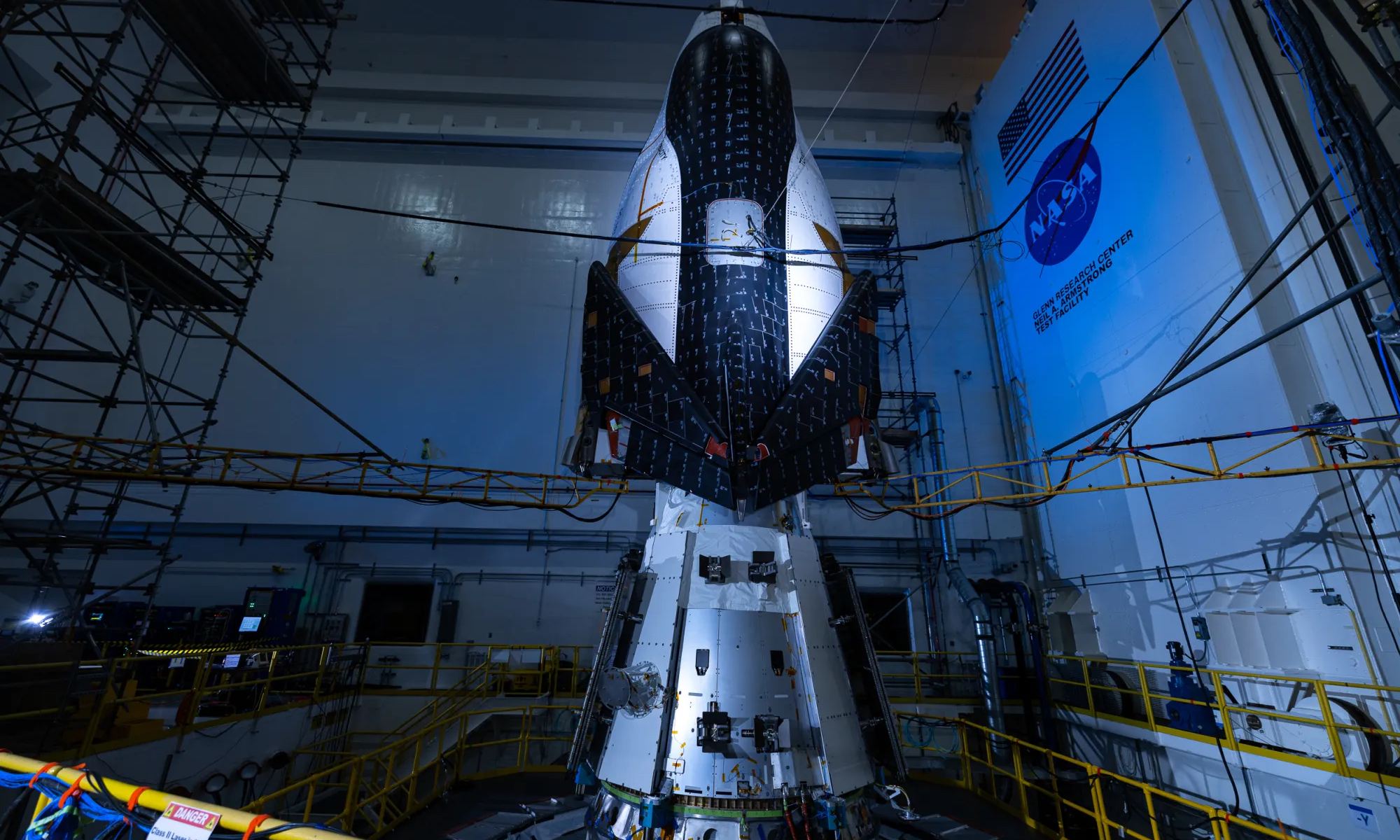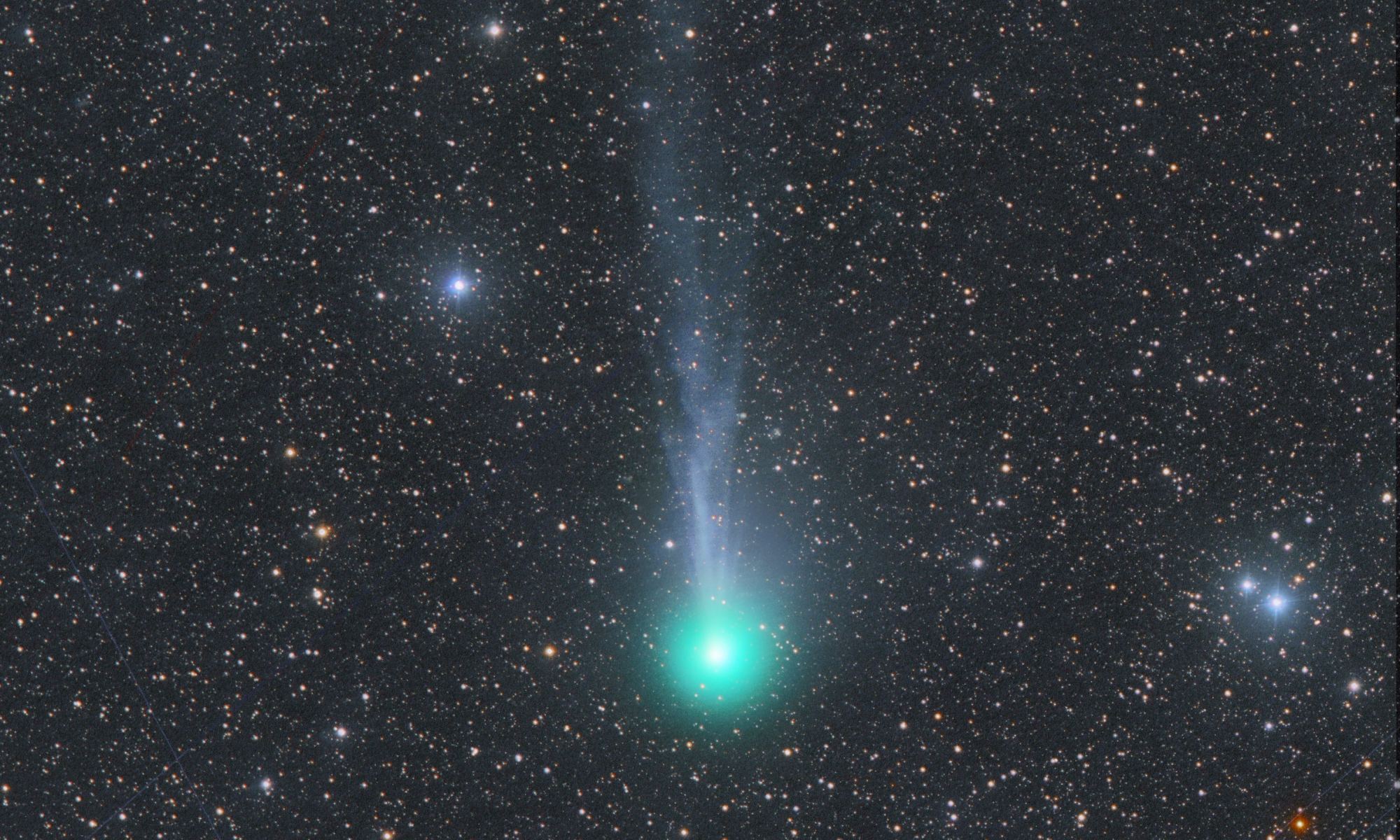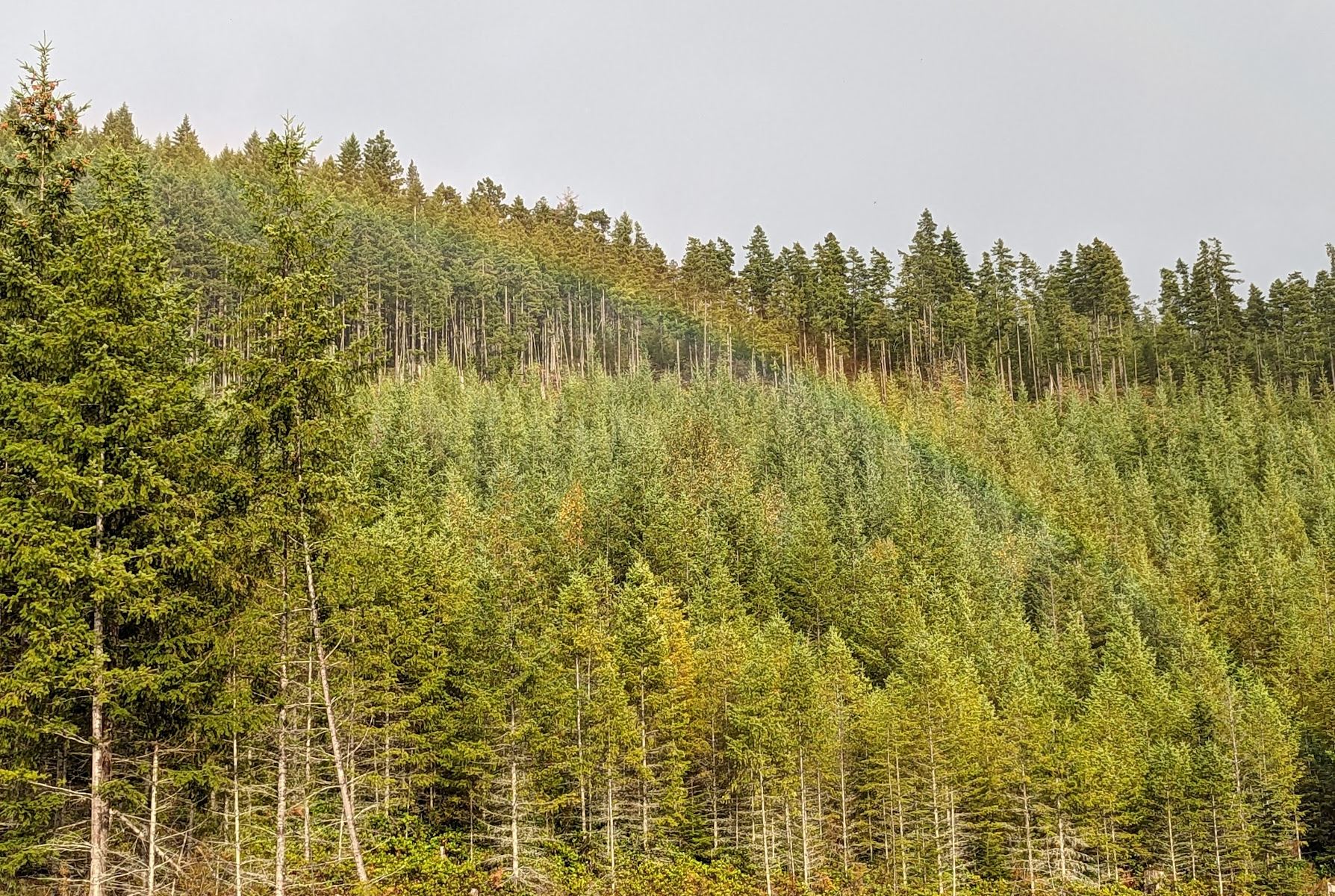It’s been a while since NASA has had a spaceplane on the launchpad but this now feels closer than ever again. Their new prototype cargo spaceplane known as Dream Chaser is now undergoing vibration and vacuum testing at the Neil Armstrong test facility. The tests sound a little strange perhaps but on launch and during re-entry it will most definitely experience shaking during these phases of the flights.
Continue reading “NASA Gives Dreamchaser the Shakedown”The Comet vs. the Eclipse: 12P/Pons-Brooks Heads Towards Perihelion in April
Comet 12P Pons-Brooks takes center stage this Spring.
Something is definitely up with the 12th periodic comet in the catalog. We’re talking about Comet 12P Pons-Brooks, set to reach the first of two perihelia for the 21st century this Spring. And the timing couldn’t be better, as the comet will also sit near the Sun just two weeks prior during the total solar eclipse of April 8th 2024, spanning the North American continent from the southwest to the northeast. If the comet over-performs—a long shot, but multiple outbursts in 2023 suggest it just might—we could be in for the added treat of a naked eye comet near the Sun during totality.
Continue reading “The Comet vs. the Eclipse: 12P/Pons-Brooks Heads Towards Perihelion in April”Gravitationally Lensed Supernovae are Another Way to Measure the Expansion of the Universe
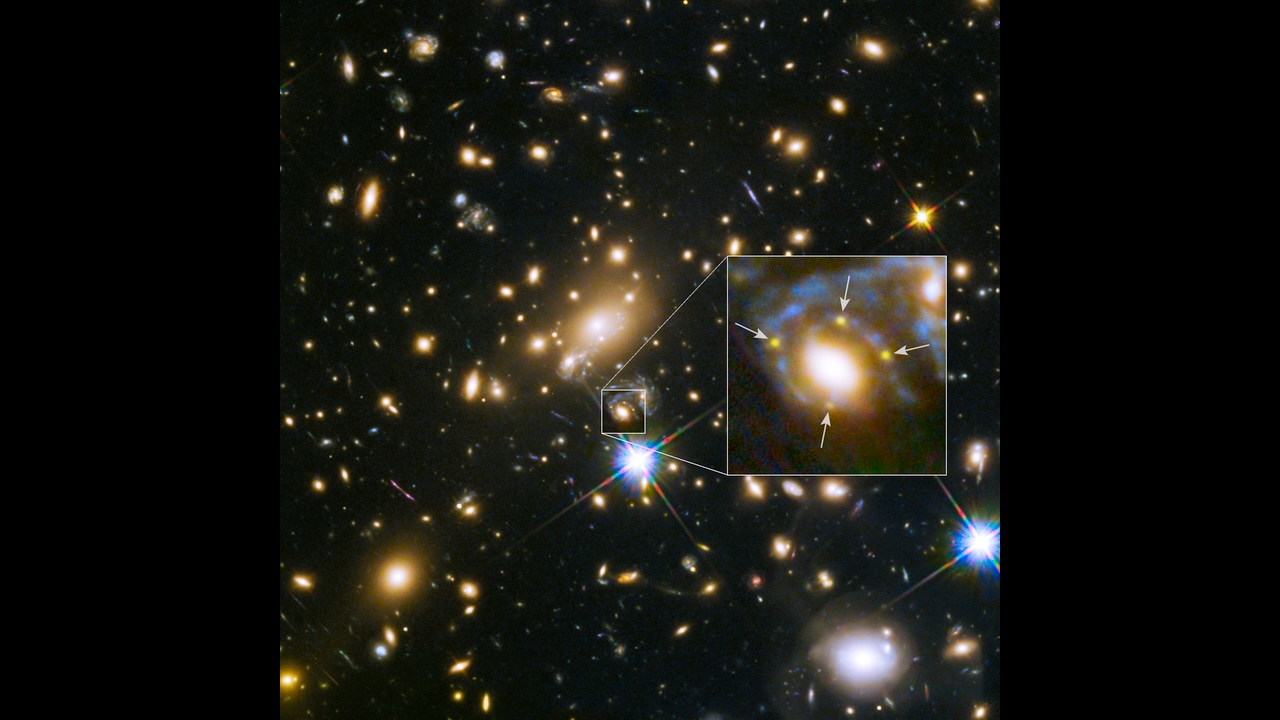
Supernova are a fascinating phenomenon and have taught us much about the evolution of stars. The upcoming Nancy Grace Roman telescope will be hunting the elusive combination of supernovae in a gravitational lens system. With its observing field 200 times that of Hubble it stands a much greater chance of success. If sufficient lensed supernovae are found then they could be used to determine the expansion rate of the Universe.
Continue reading “Gravitationally Lensed Supernovae are Another Way to Measure the Expansion of the Universe”Chickpeas Grown in Lunar Regolith Are Stressed but Reach Maturity
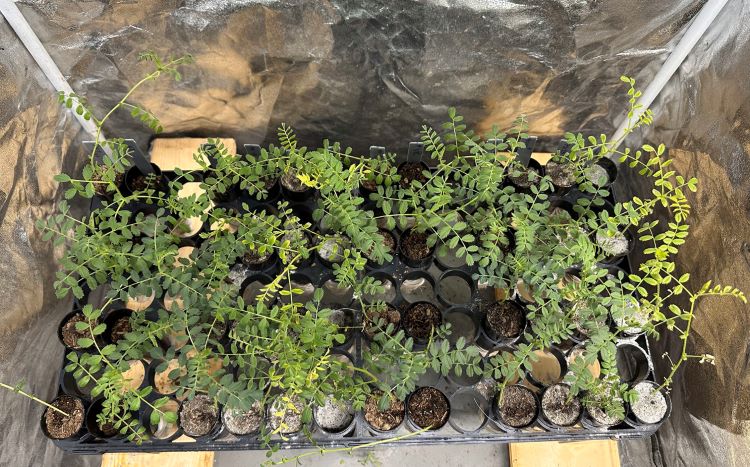
A recent preprint investigates how chickpeas have been successfully grown in lunar regolith simulants (LRS), marking the first time such a guideline has been established not only for chickpeas, but also for growing food for long-term human space missions. This study was conducted by researchers from Texas A&M University and Brown University and holds the potential to develop more efficient methods in growing foods using extraterrestrial resources, specifically with NASA’s Artemis program slated to return humans to the lunar surface in the next few years.
Continue reading “Chickpeas Grown in Lunar Regolith Are Stressed but Reach Maturity”Perseverance Gives Us One Last Look at the Damaged Ingenuity Helicopter
Well I consider that a success; the first aircraft on another world surpassed all expectations. Ingenuity, the helicopter that has been buzzing around on Mars has finally reached the end of its life after a total of 72 flights on the red planet. In a wonderful piece of computer imagery, Simeon Schmauß took a number of images of Ingeniuty from Perseverance and stiched them together into a mosaic and upscaled to provide a human eye view.
Continue reading “Perseverance Gives Us One Last Look at the Damaged Ingenuity Helicopter”Could Forests Become Ultrahigh Energy Neutrino Detectors?
I really don’t know how to introduce this article. Neutrinos are elementary particles and are electrically neutral. They are produced by numerous cosmological events. Trees, well, we all know what they are and in a recent paper, scientists believed it may be possible to use entire forests as neutrino detectors! I was a bit sceptical when I read the paper but its an interesting concept and certainly trees have been used as broadband antennae so perhaps, well its a fascinating concept.
Continue reading “Could Forests Become Ultrahigh Energy Neutrino Detectors? “How Does the Cosmic Web Drive Galaxy Evolution?
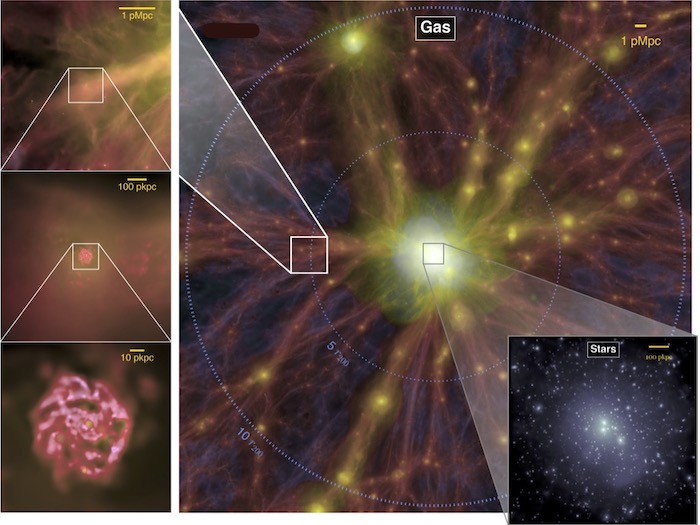
Galaxies experience a long strange trip through the cosmic web as they grow and evolve. It turns out that the neighborhoods they spend time in on the journey change their evolution, and that affects their star formation activity and alters their gas content.
Continue reading “How Does the Cosmic Web Drive Galaxy Evolution?”A Black Hole Has Cleared Out Its Neighbourhood

We can’t see them directly, but we know they’re there. Supermassive black holes (SMBHs) likely dwell at the center of every large galaxy. Their overwhelming gravity draws material toward them, where it collects in an accretion disk, waiting its turn to cross the event horizon into oblivion.
But in one galaxy, the SMBH has choked on its meal and spit it out, sending material away at high speeds and clearing out the entire neighbourhood.
Continue reading “A Black Hole Has Cleared Out Its Neighbourhood”Dust Ruins Another Way of Measuring Distance in the Universe
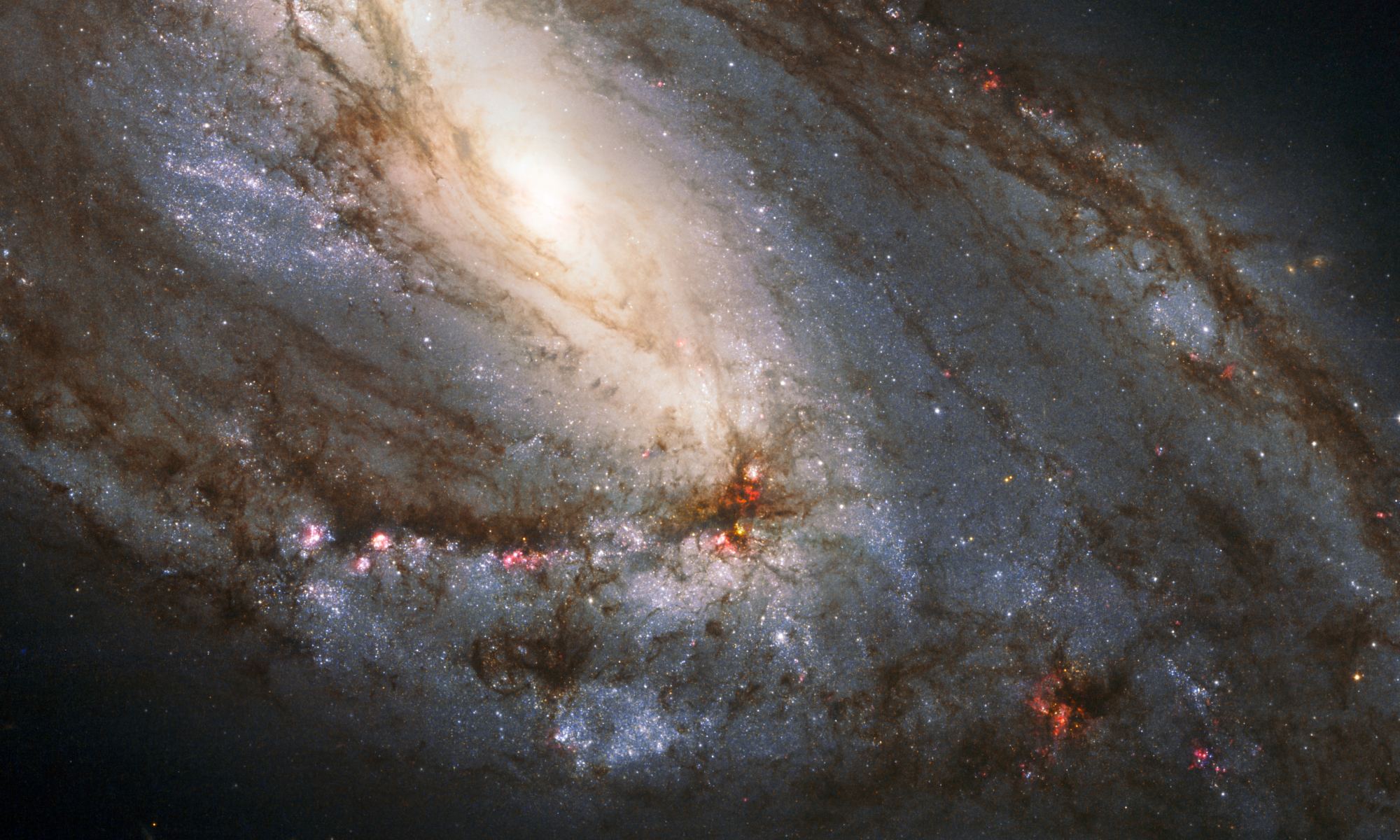
Astronomers have many ways to measure the distance to galaxies billions of light years away, but most of them rely upon standard candles. These are astrophysical processes that have a brightness we can calibrate, such as Cepheid variable stars or Type Ia supernovae. Of course, all of these standard candles have some inherent variability, so astronomers also look for where our assumptions about them can lead us astray. As a case in point, a recent study in The Astrophysical Journal shows how galactic dust can bias distance observations.
Continue reading “Dust Ruins Another Way of Measuring Distance in the Universe”Astronomers See 18 Examples of Stars Getting Torn Apart by Black Holes
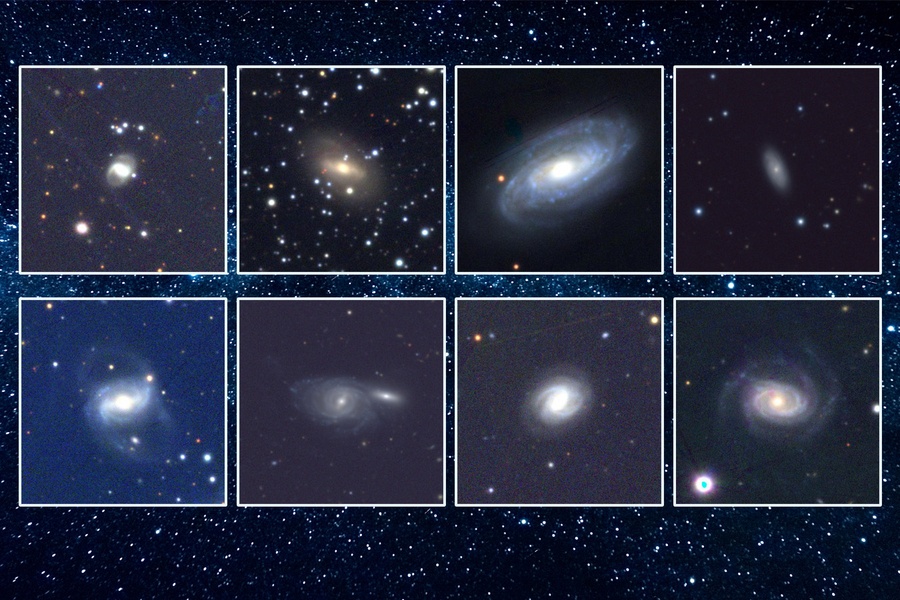
Black holes have always held a special fascination for me ever since I was a geeky kid looking up at the stars. Their intense forces are the stuff of science fiction and can tear a star to pieces. This process is violent and can send bursts of electromagnetic radiation across the Cosmos. A paper recently published announces the discovery of 18 new tidal events just like this, doubling the number of identified shredded stars.
Continue reading “Astronomers See 18 Examples of Stars Getting Torn Apart by Black Holes”
